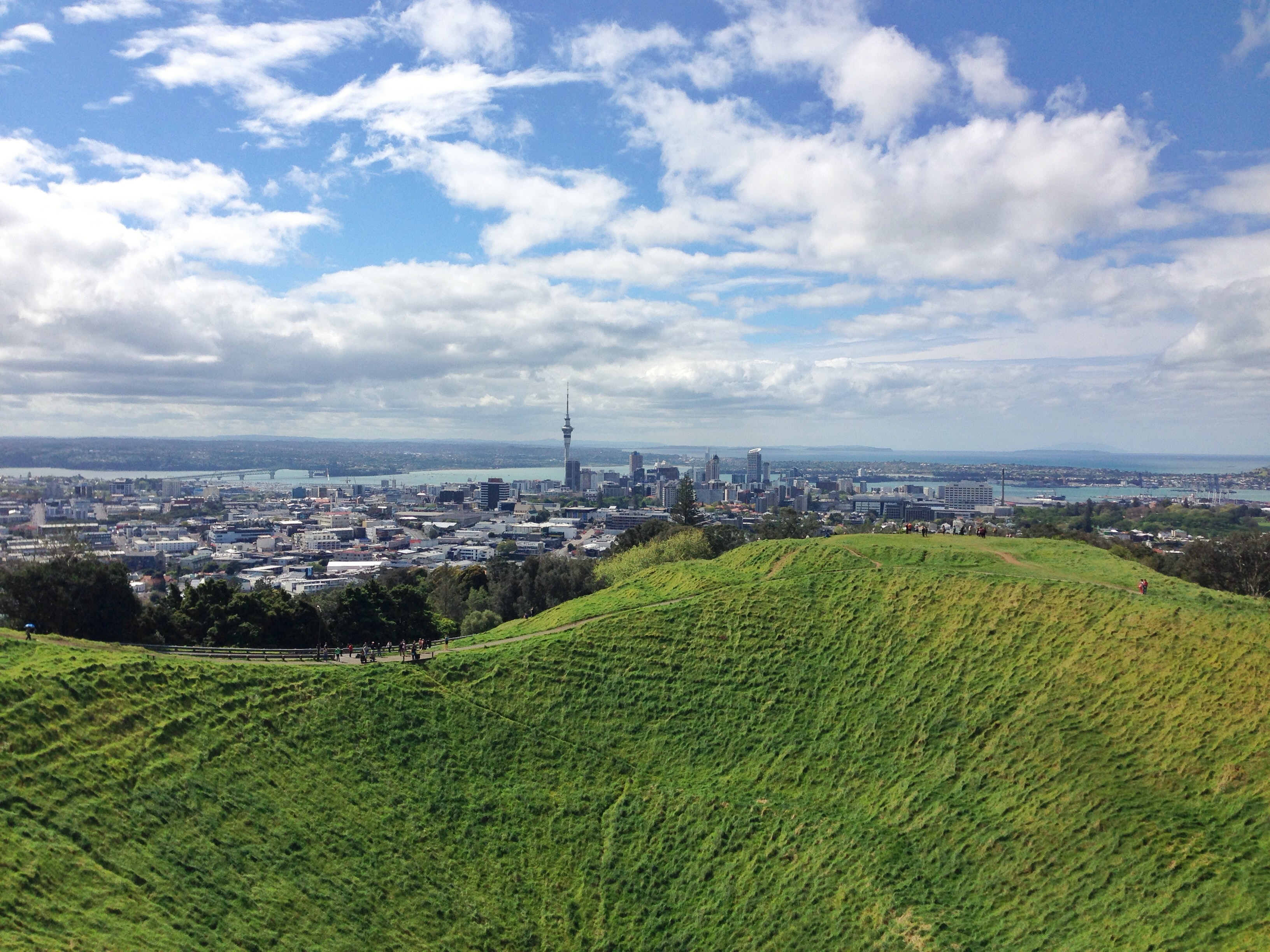Discovery of COVID community transmission halts OCR increase at the 11th hour
Christina Leung, Principal Economist and Head of the Auckland Office, NZIER
The discovery of a case of COVID-19 in the New Zealand community on 17th August sent the country again into Alert Level 4 lockdown and cast a shadow of uncertainty over the growth outlook. At its prescheduled 18th August Monetary Policy Statement meeting, the Reserve Bank held the Official Cash Rate (OCR) at its record low of 0.25 percent but indicated that it would have increased interest rates had it not been for the surprise discovery of a COVID community case the previous day.
Before that, New Zealand had been enjoying a robust recovery as life returned mainly to normal (bar the effects of the border restrictions). This was despite the continued uncertainty over how the COVID-19 pandemic will evolve around the world. Demand rebounded with gusto in response to the unprecedented amount of stimulus implemented by the Government and the Reserve Bank over the past year in the form of lower interest rates, wage and business support payments and increased Government spending.
This strong rebound in activity saw supply constraints become more acute in the New Zealand economy. Businesses reported it is increasingly difficult to hire workers (particularly given the border restrictions), and global supply chain disruptions affected the ability of businesses to restock shelves and source inputs for production.
This combination of strong demand and tight supply drove a broad-based increase in inflation pressures, as businesses found it easier to pass on higher costs by raising prices. Annual Consumer Price Index inflation lifted above the Reserve Bank’s 1 to 3 percent target band to 3.3 percent for the year to June 2021, and inflation expectations have picked up.
Latest outbreak will exacerbate supply constraints
The latest outbreak and containment measures will exacerbate supply constraints in the New Zealand economy. Most businesses will be operating at reduced capacity, either due to the limitations of working from home, social distancing restrictions or staff having to self-isolate at home after being at a location of interest. These more acute supply constraints will further raise costs for businesses.
Net impact on inflation will depend on the extent demand is affected
What is less clear is the longer-term impact on demand – this will be a key influence on how persistent inflation pressures in the New Zealand economy will be. If the latest outbreak heightens uncertainty and dents business and consumer confidence, the reduction in demand will likely persist as people hold off on spending and investment.
Higher OCR on track in the coming year
The strong bounce-back in demand over the past year suggests the New Zealand economy should be resilient in the face of the latest setback, with the negative impact on demand likely to be transitory. The Reserve Bank made it clear that it would have raised the OCR if not for the discovery of the COVID-19 community case and the announcement of Alert Level 4 lockdown the day before its rate announcement. This indicates that the central bank is still on track to raise interest rates over the coming year.



